5 of the best Galaxy Note 7 alternatives
Don’t fancy waiting for your Note 7 to get toasty? Here are some solid replacements
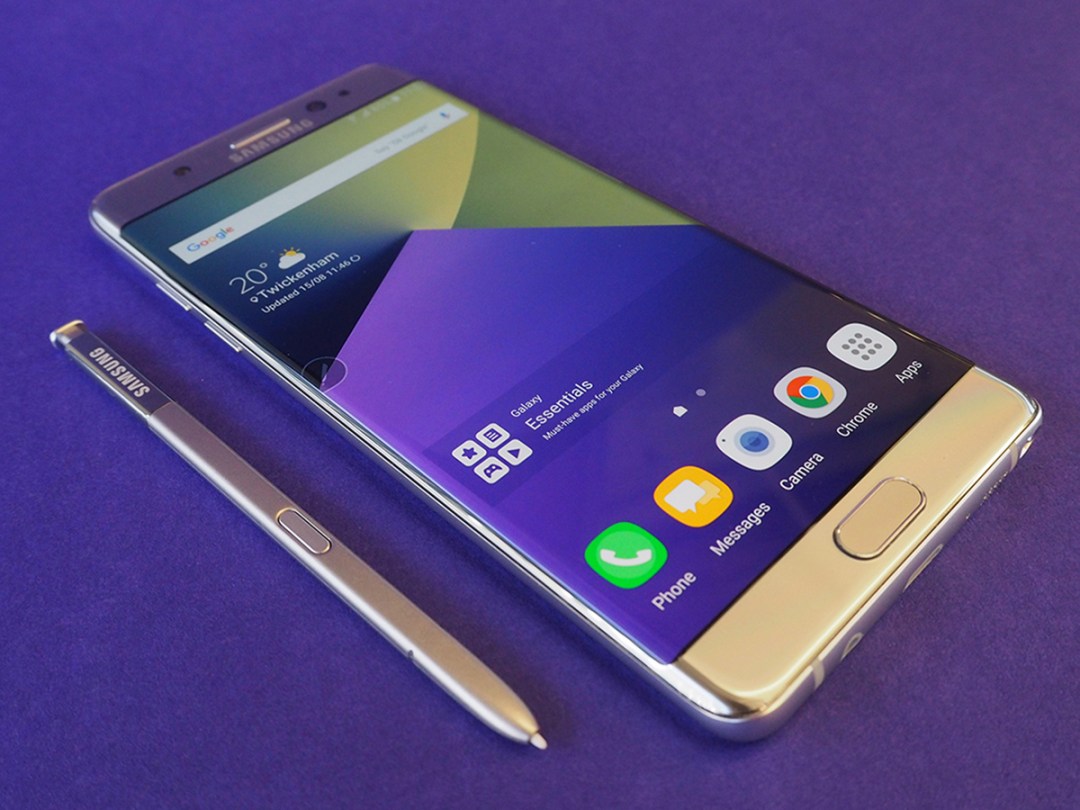
The Samsung Galaxy Note 7 is dead.
It’s a massive shame, because it really is a wonderful handset – one of the best in the world, in fact. At least when it’s not spontaneously combusting.
It looks and feels amazing, has a gorgeous screen, all the power you could ever need, has a clever stylus, a waterproof body, along with expandable memory to top it all off.
But none of that is worth setting fire to your favourite pair of jeans, so Samsung, despite its best efforts, has had to pull the plug on the Note 7 for good. RIP in peace.
It’s a big loss for the tech world, because there’s no true Note 7 alternative out there. Samsung nailed the stylus-toting phablet market, and the Note series has always been the only choice for doodlers and digital note takers.
While there’s no direct replacement as of yet – though we hope for Samsung to bring back the Note handsets under a re-branded moniker in future – there are still some decent alternative plus-sized handsets if you’re after an upgrade right now:
Samsung Galaxy S7 Edge (£530 – 32GB)
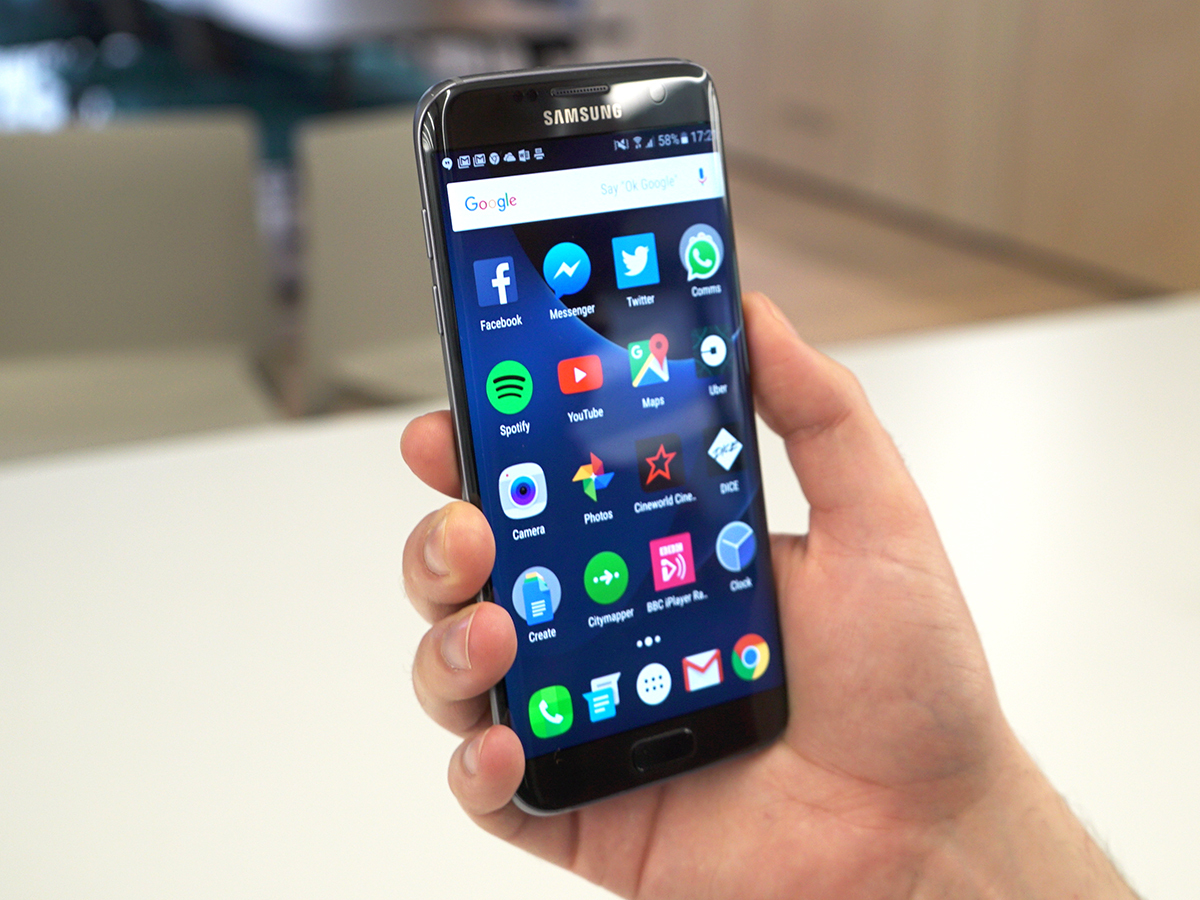
The Galaxy S7 Edge is the most logical choice for Note 7 owners. It’s essentially identical to the Note 7, with a very similar (and very sexy) curved design, with a 2K screen that’s as sharp as it is gorgeous, thanks to its wraparound edges.
The S7 Edge is waterproof too, and also has a microSD slot for media hoarders. The only thing it’s really missing is the S Pen stylus – and the software tricks that come with it.
It’s important to make it clear that the overheating battery issue only affects the Note 7, so the rest of Samsung’s smartphones – including the S7 Edge – are perfectly safe.
If you’re after an experience that’s as close to the Note 7 as possible, this is absolutely the best choice.
RELATED › Samsung Galaxy S7 Edge review
Apple iPhone 7 Plus (£720 – 32GB)
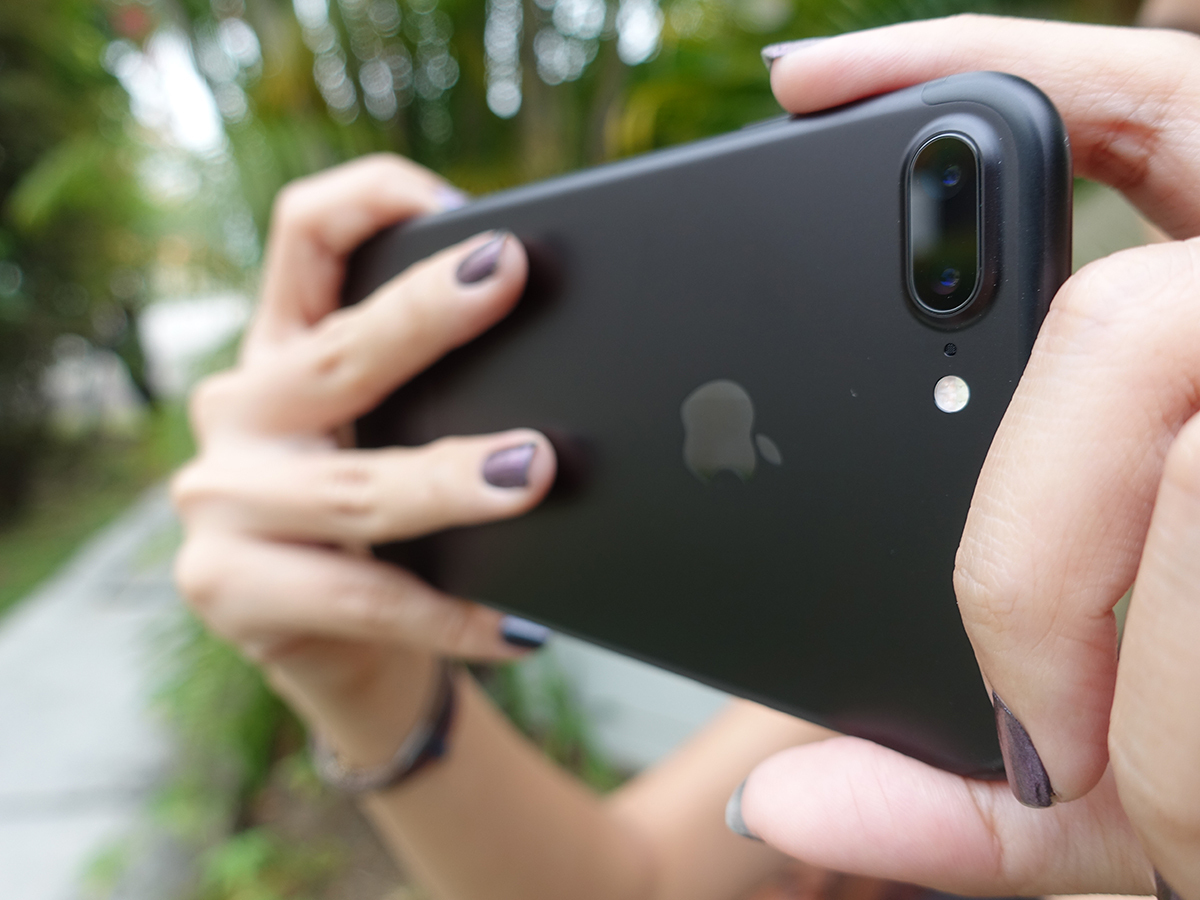
Yes, we know – an Apple phone in an Android handset alternative roundup? Madness. Or is it? If you’re not a fanatical Google fanboy then Apple’s greatest ever handset is definitely worth considering.
It looks and feels superb (especially in an all new, all-black paint job), and has the fastest innards of any smartphone out there, along with a big, even brighter 5.5in screen to treat your eyes to.
The screen resolution isn’t as high as the Note 7’s, mind, but it’s not the sort of thing you’ll notice in regular use. Unless regular use for you involves pressing your eyeballs right up to the display itself. You weirdo.
Build, screen and power aside, the iPhone 7 Plus is packing one of the best – if not the best – smartphone cameras in the world right now, alongside the likes of the Galaxy S7 and S7 Edge, nailing sharp, clear shots across all lighting conditions.
Its secondary camera allows you to zoom in up to 2X without any loss in quality, and up to 10X with some fancy software tricks too.
With iOS 10 catching up to Android in widgets – though it’s still not ideal if you’re into tinkering and customising – this could be the best time to at least try out making a switch to the Apple camp.
RELATED › Apple iPhone 7 Plus review
Huawei P9 Plus (£560 – 64GB)
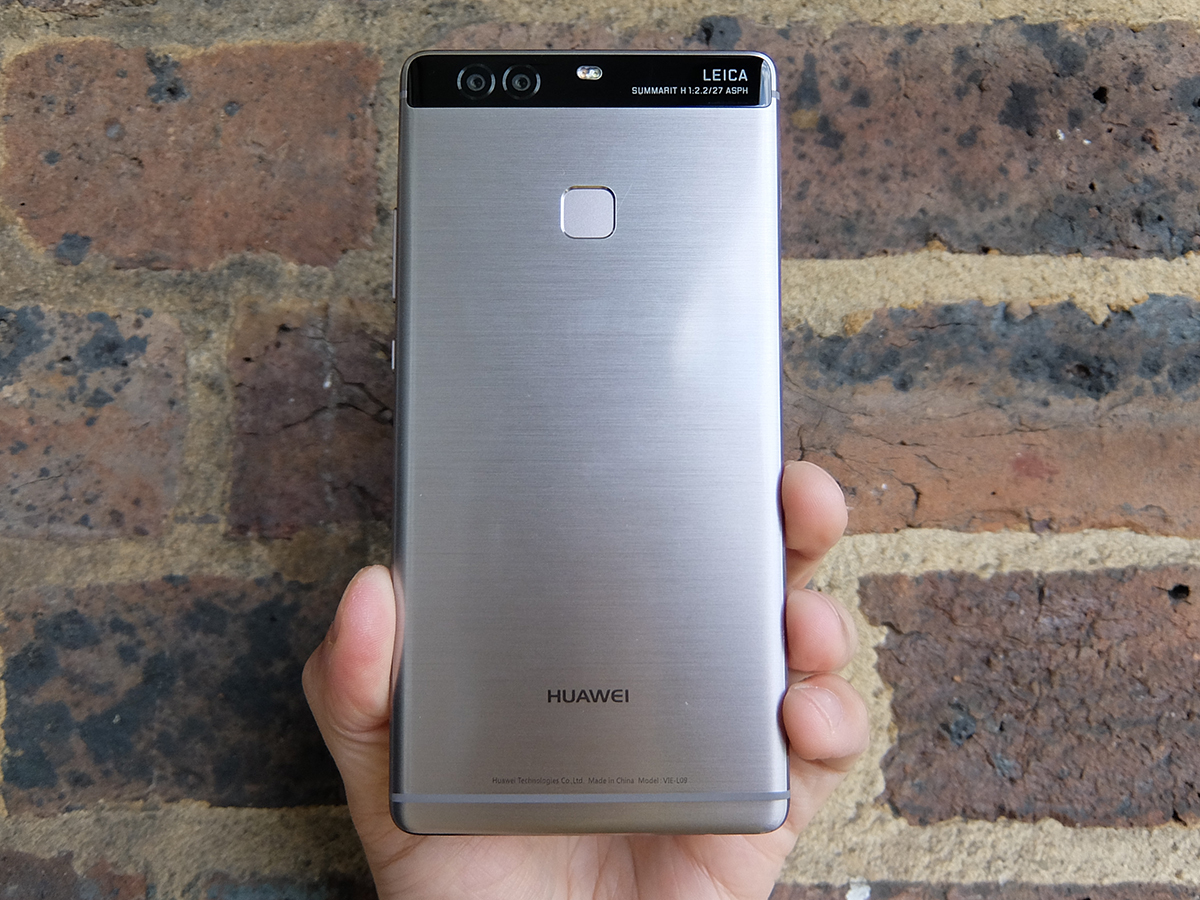
Huawei’s 5.5-incher might not be as attractive as the Note 7 – few phones, in fact, are – but it’s still a premium beast. Crafted from solid aluminium, you’ll still be more than happy to leave it out on a table without feeling embarrassed.
Its 4GB of RAM and homegrown octa-core processor might not match the Note 7 or its newer peers, but it’ll still happily handle everything you throw at it.
Flip it around, and you’ll notice two rear cameras – one regular one, and one with a sensor dedicated to capturing black and white data. When the two cameras are used in combination, more detailed information is captured per shot, resulting in sharper photos and more detail in lower light conditions.
From our testing, the iPhone 7 and Galaxy S7 still outperform Huawei’s dual-camera setup – its lack of optical image stabilisation hurts it a bit – but it’s still a solid (and more affordable) alternative to most of the other contenders here, and its colour reproduction in well-lit conditions is excellent.
RELATED › Huawei P9 Plus review
OnePlus 3 (£320 – 64GB)
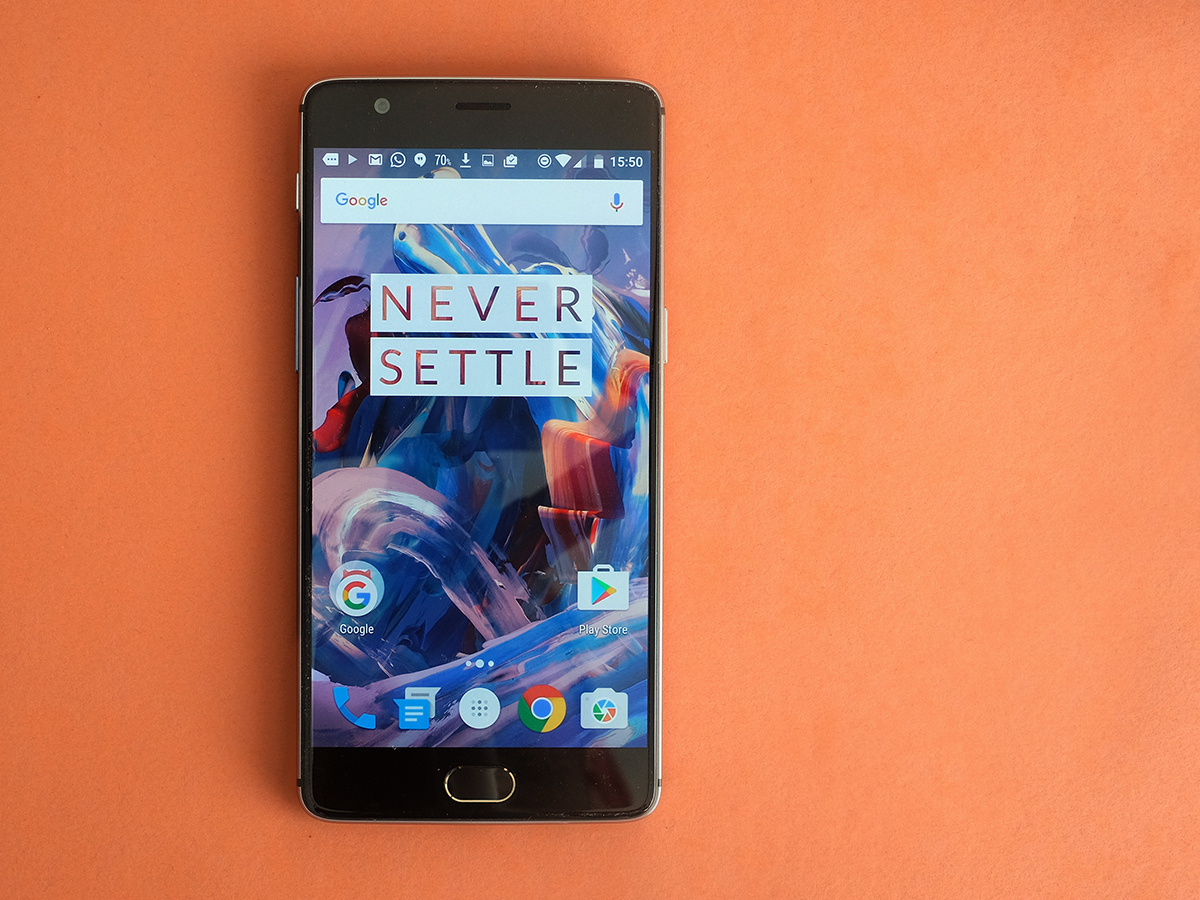
The 5.5in OnePlus 3 is, hands down, the best bang-for buck value smartphone that’s ever passed through the doors of Stuff HQ.
£330 nets you a smartphone with a premium metal build, the specs of a modern flagship, a decent camera and lots of clever software tricks absent from phones twice its price. The screen might not be a 2K affair, but again, you’re not going to notice any difference in regular use.
The AMOLED panel means you’ll be treated to punchy colours and true blacks too – similar to those found on Samsung’s best displays.
If you’re after a top notch smartphone at an unbeatable price, you can’t go wrong picking up OnePlus’ latest champion.
RELATED › OnePlus 3 review
Google Pixel XL (£720 – 32GB)
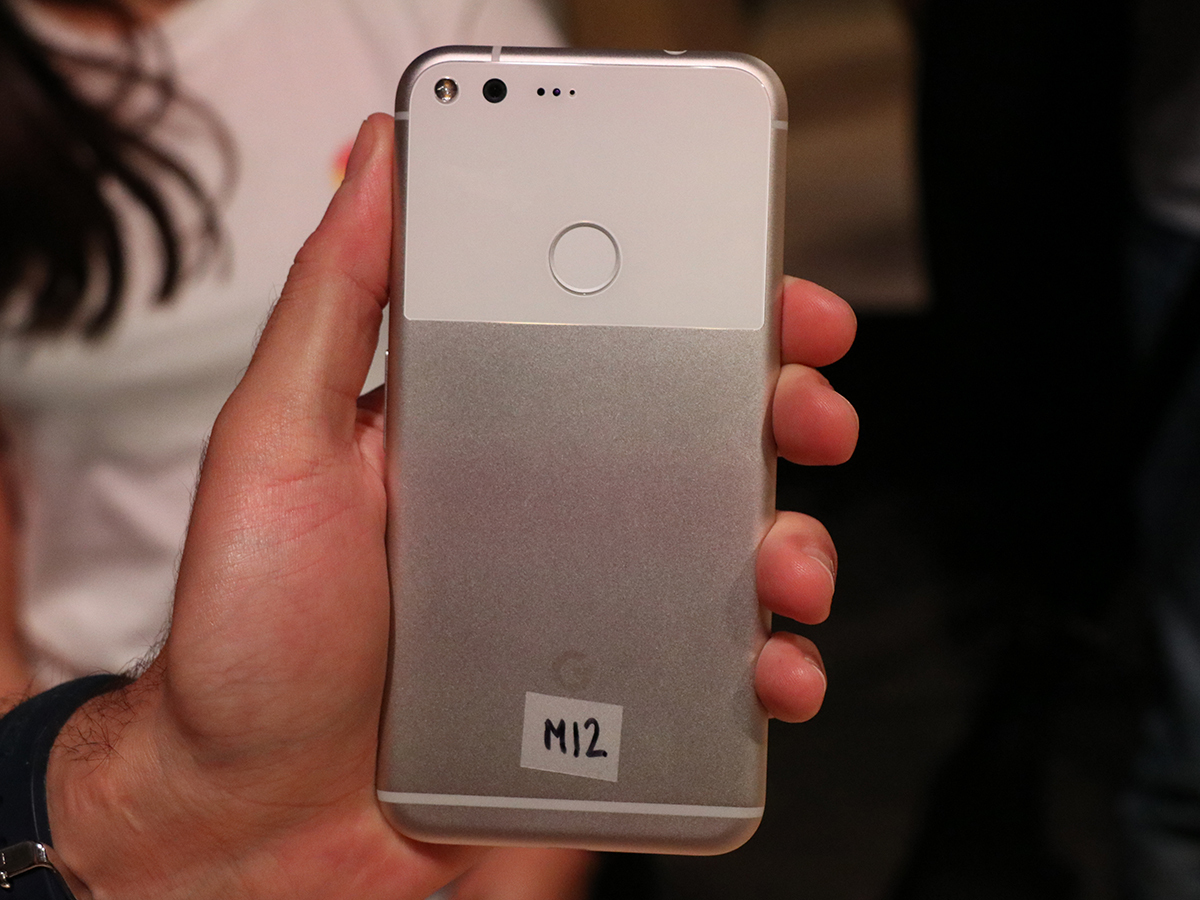
Google’s latest and greatest handset has replaced the tech giant’s legendary Nexus line, and it’s got a premium Apple-esque price tag to match its metal and glass build.
Powerful innards, coupled with the all-new Google Assistant – a supercharged version of the already excellent Google Now – make this an Android purists absolute dream handset.
Google held nothing back when it came to praising the Pixel’s camera either, claiming it to be the fastest, clearest, and sharpest camera yet to grace a smartphone.
The XL’s 5.5in 2K OLED screen should be a very close substitute to the Note 7’s display, and while we haven’t reviewed the Pixel ourselves (yet), it should be top of your list if you’re after the latest Android updates on the day that Google releases them.



